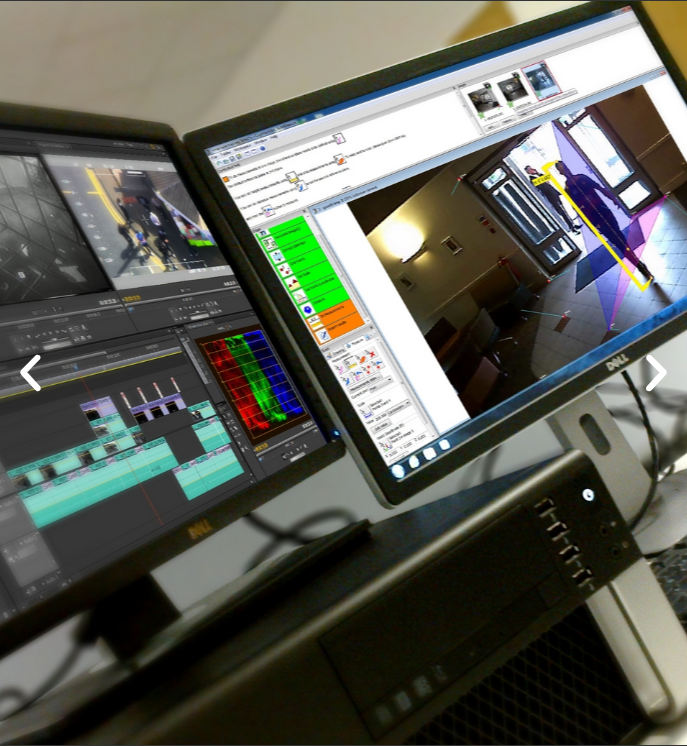Digital forensics investigation is like a modern-day treasure hunt, but instead of searching for gold coins or lost artifacts, we’re digging into the world of bytes and bits. Isn’t it fascinating how something as intangible as data can tell a story? In this digital age, where everything from our photos to our bank statements lives online, the role of forensic technology becomes crucial.
What is Digital Forensics Investigation?
Understanding the Basics
At its core, digital forensics investigation involves the recovery and investigation of material found in digital devices. This can include computers, smartphones, and even cloud storage. The goal? To uncover evidence that can help in legal cases or internal investigations. It’s like being a detective, but your magnifying glass is a set of sophisticated software tools.
The Importance of Forensic Technology
Forensic technology is the backbone of digital forensics. It provides the tools and techniques needed to analyze data. Imagine trying to solve a jigsaw puzzle without all the pieces—frustrating, right? That’s why having the right technology is essential for any investigator.
The Process of Digital Forensics Investigation
Step 1: Identification
The first step in any digital forensics investigation is identifying the devices that may contain relevant data. This could be anything from a suspect's smartphone to an employee's work computer. It's like making a list of suspects before starting your investigation.
Step 2: Preservation
Once devices are identified, the next step is preservation. This means creating a bit-by-bit copy of the data to ensure nothing is altered during the investigation. Think of it as creating a backup of a cherished family photo before you start editing it.
Step 3: Analysis
Now comes the fun part—analysis! This is where forensic experts dive deep into the data, looking for patterns, deleted files, or even hidden information. It’s akin to a chef experimenting with different ingredients to create the perfect recipe.
Step 4: Presentation
Finally, the findings are compiled into a report that can be presented in court or to stakeholders. This report needs to be clear and concise, much like a well-written recipe that anyone can follow.
Real-World Applications of Digital Forensics Investigation
Cybercrime Investigations
Digital forensics plays a pivotal role in investigating cybercrimes, such as hacking or identity theft. It’s essential for law enforcement agencies to understand how the crime was committed and gather evidence against the perpetrators.
Corporate Investigations
Companies also use digital forensics to investigate internal issues, such as employee misconduct or data breaches. It’s like having a security system in place that helps maintain trust within the organization.
Personal Cases
Believe it or not, digital forensics can even help in personal cases, such as divorce settlements or custody battles. Sometimes, the truth lies in the text messages or emails exchanged between parties.
Conclusion
In conclusion, digital forensics investigation and forensic technology are two sides of the same coin. They work hand in hand to uncover truths hidden within our digital lives. Whether it’s solving a crime, protecting a business, or settling personal disputes, the importance of these fields cannot be overstated. So, the next time you send a message or save a file, remember: there’s a whole world of forensic technology ready to uncover your digital footprint!





Comments